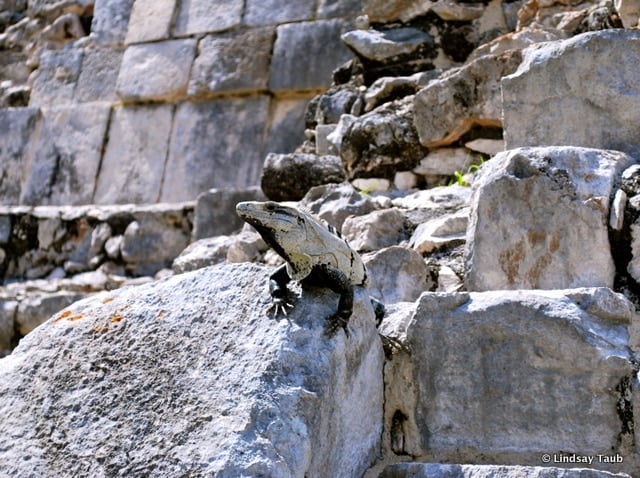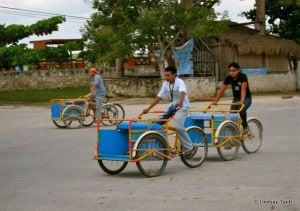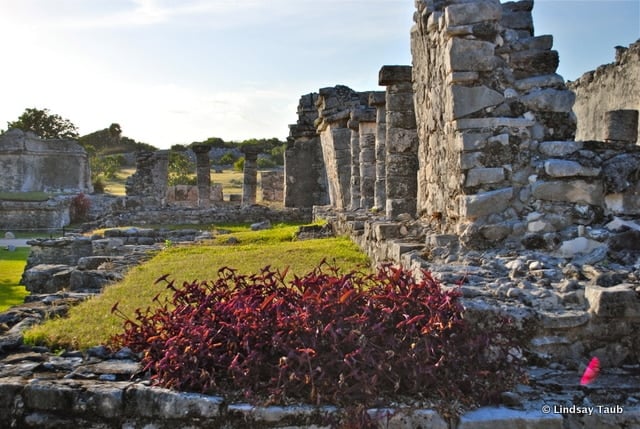
There has been a tremendous amount of hype surrounding the year 2012 and predictions that the end of the world as we know it is upon us. Movies have been made, books have been written, and hysteria has been created. But rest assured, the Maya calendar did NOT predict the end – at least not Armageddon.
The Yucatán Peninsula is the cradle of one of history’s most fascinating civilizations: the Maya. Their calendar is complex and easily misunderstood, despite intense dedication and investigation by countless archaeologists, ethnologists and anthropologists for more than 200 years.
If you remember only this, you’re ahead of the game — December 21, 2012 actually marks the BEGINNING of a major new Maya calendar cycle; the first time such a cycle has come full circle in 5,125 years. If you need proof, look to the Tortuguero, one of the only known Mayan artifacts remaining that actually mentions the year 2012. Other artifacts mention years well beyond 2012 and no “end” date has ever been discovered.

The Maya calendar is essentially a system for marking time’s passing that groups days into categories such as weeks, months or years. That’s the simple part.
Where it gets complicated is that the Maya had more than one calendar and not all such calendars began on the same date. Some were based on the phases of the moon; others were based on the cosmos. The one whose cycle begins in December 2012 is the calendar known as the Long-Count calendar and is the culmination of the 13th “Bak’tun” (the Gregorian calendar equivalent of 3114 BC).
What exactly is a Bak’tun then? Think of it in terms of a “year.” To us, this means 365 days. To the Maya, a Bak’tun is a cyclic event occurring every 5,125 years: 13 periods of 144,000 days.
So what does it all mean and why should we care? Quite frankly, you don’t have to understand or care, but here’s some food for thought. The Maya were a culture deeply tied to their place in the universe. They were farmers who cultivated the land, worshiped their gods, built communities, had an advanced language and numerical system, and practiced survival first and foremost.
Today’s Maya people include professionals, businesspeople, craftsmen, and artisans, alongside shamans, herbal healers, and medicine men who keep their ancient traditions alive. In fact, the Maya language is still widely spoken on the Yucatán peninsula. Their wisdom, cultivated over the years by archaeologists and anthropologists shows that the themes or questions of existence were fundamental to the Maya culture and even regulated their daily activities. To the Maya, the end of a cycle gives way to re-birth, and the end of a significant cycle (such as a Bak’tun) makes way for great renewal.

To be honest, I left the Yucatán with more questions than answers about the truly mind boggling system the Maya had for keeping time and in awe of their ability to sustain more than two million people in ancient times without modern conveniences. They worked hard and they respected the land and their people. One thing, however, was easy to remember and take home: 2012 marks not the end, but rather a new beginning.
Many thanks to Dr. Julia Miller and Alfonso Morales, both archeologists with Catherwood Travels who were my guides at the various Mayan sites I visited during my trip. Together they have more than 50 years of experience studying the Maya, from their culture to their architecture. They entertained each and every question I had – often repeating the same questions more than once when I didn’t understand the answer the first time around – with utmost patience and detail.
About the Author: Lindsay Taub is an award-winning journalist with over a decade of experience as a writer/editor/photographer covering travel, lifestyle, culture, arts, food, health, and all facets that make life a journey. Follow her on twitter @lindsaytaub58.




